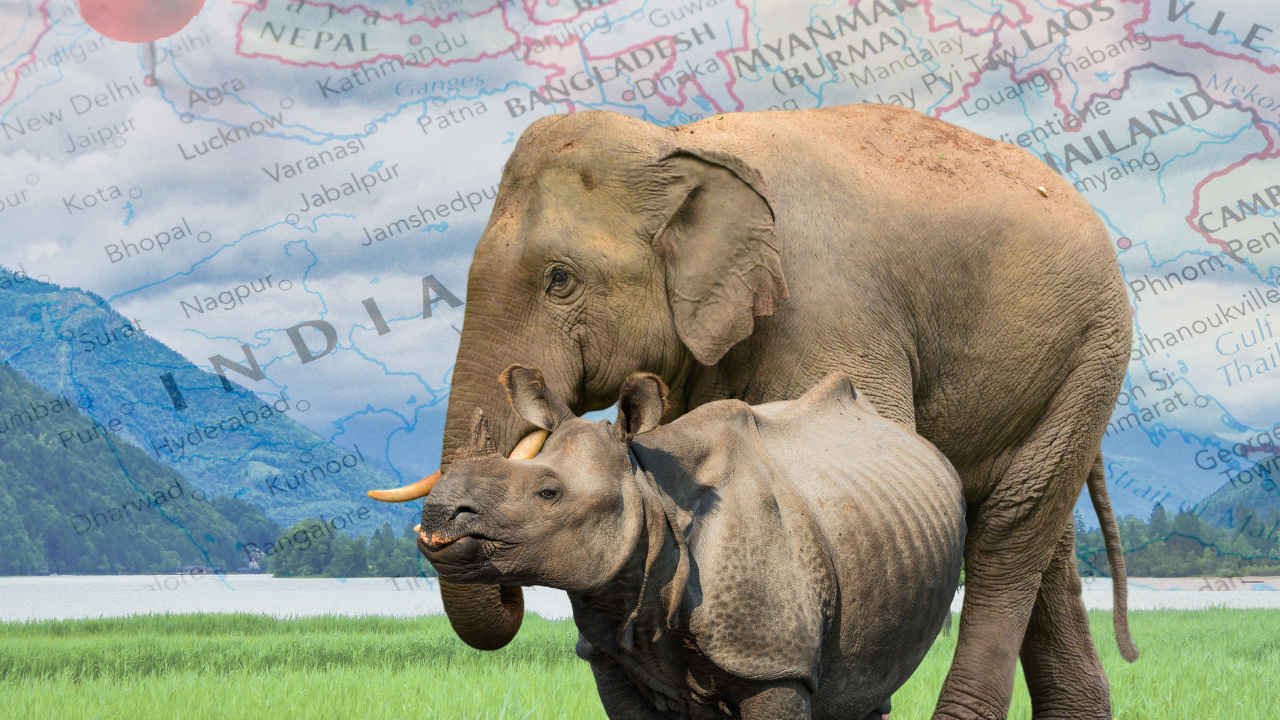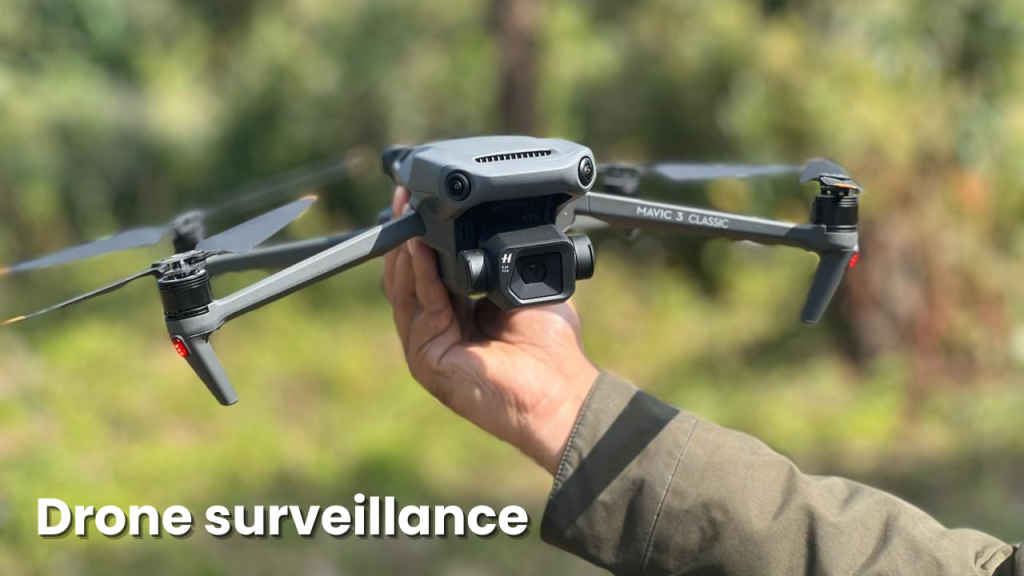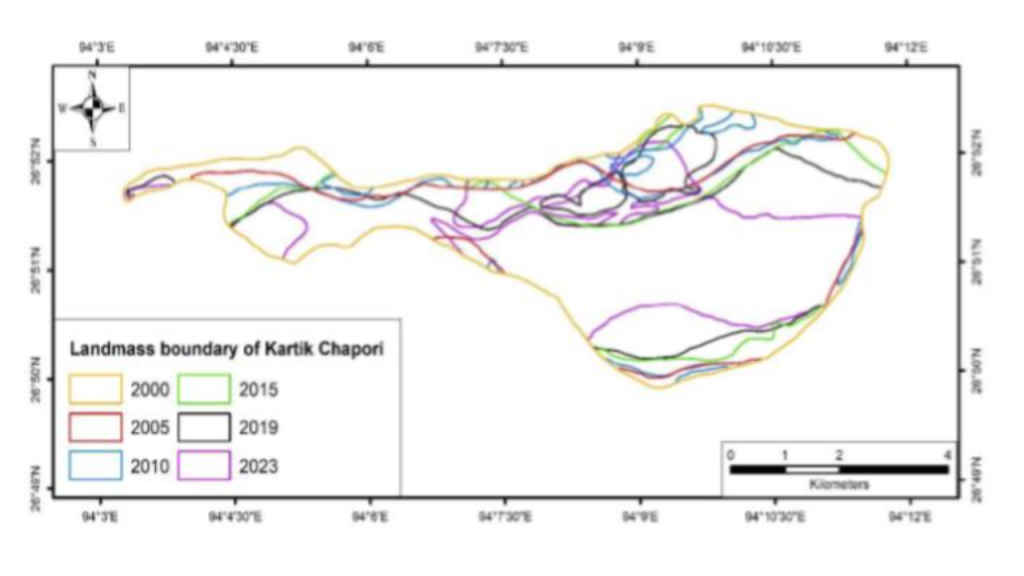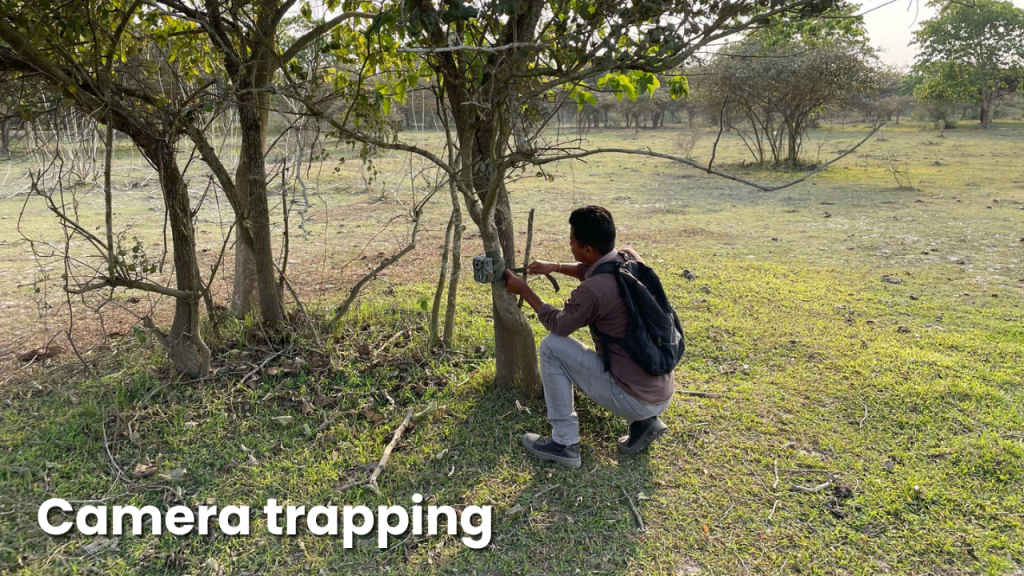World Environment Day: 5 Tech-Powered Conservation Wins in Assam

I wasn’t tramping through Kaziranga’s grasslands when I first heard about Assam’s tech-powered conservation efforts. Tucked behind my laptop screen, I stumbled upon Balipara Foundation’s work while researching a World Environment Day feature.
 Survey
SurveyEven through secondhand reports and emailed summaries, it was clear how digital tools – drones, solar fences, satellites, camera traps, and community training – are quietly reshaping the coexistence of wildlife and human settlements. Five key tech-powered breakthroughs stood out to me, viewed through the lens of someone piecing together Assam’s story from afar.
1. Drones Over Kaziranga: 40% Poaching Reduction
Since 2013, Kaziranga National Park has quietly operated one of India’s first large-scale drone surveillance programs. High-resolution UAVs patrol the park’s 430 km² expanse day and night, scanning for any sign of poachers or encroachers. Through real-time video links – fed straight to rangers’ screens – potential threats can be intercepted before they even reach the park’s inner sanctum.
Also read: 5 Ways India is Helping the Environment: From Net Zero to Beyond Plastic

Park officials report a 40% drop in illegal hunting and unauthorized entry within drone-covered zones. In a place where one-horned rhinos and other endangered species teeter on the brink, catching human movement early matters. And understanding that conservation managers credit drones with anticipating and disrupting threats before they escalate felt especially vital to me in Assam’s fight for its wildlife.
2. Solar Power for Sustainable Energy
In Sonitpur district of Assam, solar lighting has created a profound socio-ecological impact, particularly in remote, underserved villages. Socially, it has improved safety, education, and economic participation – especially for women and girls who now move freely, pursue livelihoods like weaving or small retail, and study under reliable lighting. Women have also emerged as solar entrepreneurs and technicians, gaining economic independence and social recognition.

Ecologically, the shift from spotty electric generators to solar has reduced indoor air pollution, lowered household carbon emissions, and decreased reliance on firewood, easing pressure on surrounding forests. The introduction of clean energy has not only illuminated homes but also empowered communities and protected fragile ecosystems – laying the foundation for a more equitable and sustainable rural future.
3. Satellites and GIS: Mapping Erosion on Riverbanks
In Kartik Chapori, more than 1,100 hectares have washed away thanks to decades of Brahmaputra flooding. To confront this, Balipara’s geospatial team turned to multi-temporal Landsat satellite data (2000–2024) and GIS techniques. By analyzing spectral indices – essentially distinguishing water from land – they produced erosion-risk maps that flag zones most vulnerable to bank collapse.

This is key to prioritizing reforestation and agroforestry on higher, more stable ground. Rather than planting trees haphazardly, they focus on areas forecasted to remain intact during floods. In effect, every sapling gains a strategic edge against the river’s shifting currents, and the idea of remote sensing guiding on-the-ground reforestation felt like a masterstroke of data-driven conservation.
4. Camera Traps Revealing Hidden Wildlife
Out in Jorhat’s floodplain forests, motion-activated camera-trap grids are redefining what we thought we knew about local fauna. Over six months, these silent watchers snapped pictures of not only elephants but also captured images of a Royal Bengal tiger, evidence that these inundated woods serve as vital extension habitats.

Even more remarkable was the first-ever southern Assam sighting of the white-rumped vulture. Conservation biologists emphasized that 24/7 monitoring gives them data on species presence, movement corridors, and activity patterns – information impossible to glean from occasional patrols.
5. Community-Centric Tech: Local Training
As biased as I am towards tech’s transformative effect, even I concede that tech alone never solves conservation challenges. It’s community buy-in that turns gadgets into game-changers. Balipara Foundation recognizes this, and hence focuses on capacity-building. Villagers receive hands-on training to maintain solar fencing, interpret GIS outputs, and deploy camera traps.
Remote though my vantage point was, I could imagine a local farmer watching a drone feed, then consulting a map to verify erosion hotspots, or using a tablet to download camera-trap images. That sense of co-ownership transforms technology from a novelty into a tool driven by local knowledge. And ultimately this kind of community involvement ensures conservation gains endure long after grant cycles end.
On this World Environment Day 2025, Assam’s story felt like a quiet reminder that sometimes the most powerful innovations are not flashy gadgets, but simple tools shaped by people who know a place intimately.
Also read: 5 Indian Green Tech Startups Driving Environmental Innovation
Jayesh Shinde
Executive Editor at Digit. Technology journalist since Jan 2008, with stints at Indiatimes.com and PCWorld.in. Enthusiastic dad, reluctant traveler, weekend gamer, LOTR nerd, pseudo bon vivant. View Full Profile